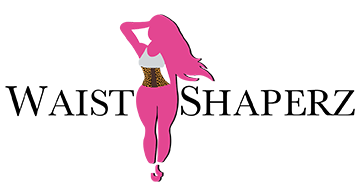1. Prioritize real, whole foods.
Make sure that everything you're eating is whole — as in nothing processed or packaged. Since salt is a preservative, these are the foods that are highest in sodium — something to keep in mind when planning your meals. Plan on making sure that all items you choose are fresh: that means filling up on fresh fruits and veggies, whole grains, low-fat dairy and lean protein.
2. Know your limits with salt.
When it comes to buying snacks, a "low sodium" product has to be 140mg or less per serving — so if you're REALLY in a bind, you can follow that guideline for what to put on your card.
3. Go for that cup of joe.
Start your day with a cup of coffee. Caffeine is a natural diuretic and an excellent source of antioxidants, which protect your cells from damage. You can have up to 400mg — about a Venti Starbucks coffee — daily, according to the 2015 Dietary Guidelines for Americans.
Not much of a coffee drinker? Tea is also a natural diuretic, and types of herbal tea such as dandelion or fennel root can also lend a hand. In fact: When a recent study compared the metabolic effect of green tea (in extract) with that of a placebo, researchers found that the green-tea drinkers burned about 70 additional calories in a 24-hour period.
4. ...and skip sugary beverages.
Plain and simple: We just don't feel full by liquid calories in quite the same way as we do real food. Drinking a juice or caramel-y coffee drink, for instance, won't make you feel full the way eating a bowl of veggie-and-protein packed stir-fry will. So monitor your intake of juice, soda, sweetened coffee and tea drinks and alcoholic beverages. If you consume one of each of those beverages during the day, you'll have taken in at least 800 extra calories by nighttime — and you'll still be hungry. (Incidentally, alcohol may suppress the metabolism of fat, making it tougher for you to burn those calories.) Some other ways to skip sugar? Check 'em out here.
5. Buy a set of 5-pound weights.
It's a one-time investment you'll never regret. Here's why: Strength training builds lean muscle tissue, which burns more calories — at work or at rest — 24 hours a day, seven days a week. The more lean muscle you have, the faster you'll slim down. How do you start strength training? Try some push-ups or a few squats or lunges. Use your free weights to perform simple biceps curls or triceps pulls right in your home or office. Do these exercises three to four times per week, and you'll soon see a rapid improvement in your physique.
6. Eat spicy foods — seriously!
It can actually help you cut back on calories. That's because the compound capsaicin, a compound found in jalapeno and cayenne peppers, may (slightly) increase your body's release of stress hormones such as adrenaline, which can speed up your metabolism and your ability to burn calories. What's more, eating hot peppers may help slow you down as you eat, since you're less likely to wolfed low that spicy plate of spaghetti (and stay more mindful of when you're full). Some great ones (with additional benefits): Ginger, turmeric, black pepper, oregano, and jalapenos, all of which are flavor top trends for 2017!


Comments
0 Comments